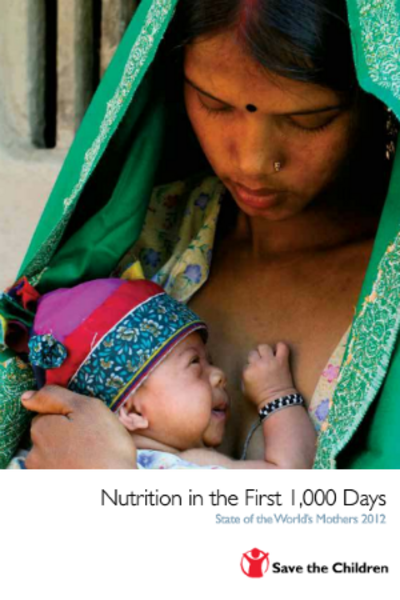Mother's Day: The unexpected best (and worst) places to be a mom
Loading...
What’s the best place in the world to be a mother? Not the US, says Save the Children – not by a long shot.
In it’s annual pre-Mother’s Day index of the best and worst places across the globe to be a mother, the international children’s advocacy group puts Norway in the No. 1 spot, while the US sits at number 25 - down in between Belarus and the Czech Republic.
Maternal death rate, low preschool attendance and low political representation push the US behind many of its developed country peers, the organization says. To come up with its rankings list, the group also evaluated factors such as maternity leave policies, mortality among children younger than five and the ratio of estimated female to male earned income.
Are you a Helicopter Parent? Take our quiz!
Mothers in the US face a 1 in 2,100 risk of maternal death – the highest in any industrialized nation – and children face an under-five mortality rate of 8 per 1,000 births. That’s around the same level as rates in Bosnia and Herzegovina, Montenegro, Slovakia, and Qatar.
Save the Children's “breastfeeding policy scorecard” also lists the US as “poor,” behind almost all other developed nations. This is in large part because the of the country’s short and unpaid maternity leave policy, the group reports. The US also has among the lowest percentage of moms exclusively breastfeeding at three months. (The group ties breastfeeding to significant health benefits for mother and child.)
“While the US has moved up in the rankings, ahead of last year’s 31st place, we still fall below most wealthy nations,” said Carolyn Miles, president and CEO of Save the Children, in a press release. “A woman in the US is more than seven times as likely to die of a pregnancy-related cause in her lifetime than a woman in Italy or Ireland. When it comes to the number of children enrolled in preschools or the political status of women, the United States also places in the bottom 10 countries of the developed world.”
But the US is still a far better spot for moms than the countries at the bottom end of Save The Children’s rankings.
The statistics there – in countries such as Niger, Afghanistan, Yemen, and the Democratic Republic of Congo – are harrowing.
“Conditions for mothers and their children in the bottom countries are grim,” the report says. “On average, 1 in 30 women will die from pregnancy-related causes. One child in 7 dies before his or her fifth birthday, and more than 1 in 3 suffers from malnutrition. Nearly half the population lacks access to safe water and fewer than 4 girls for every 5 boys are enrolled in primary school.”
In Niger, the bottom-ranked country, only 13 percent of parliamentary seats are held by women; a typical girl receives only four years of education and one in seven children die before his or her fifth birthday.
“That means that every mother in Niger is likely to suffer the loss of a child,” the report says.







